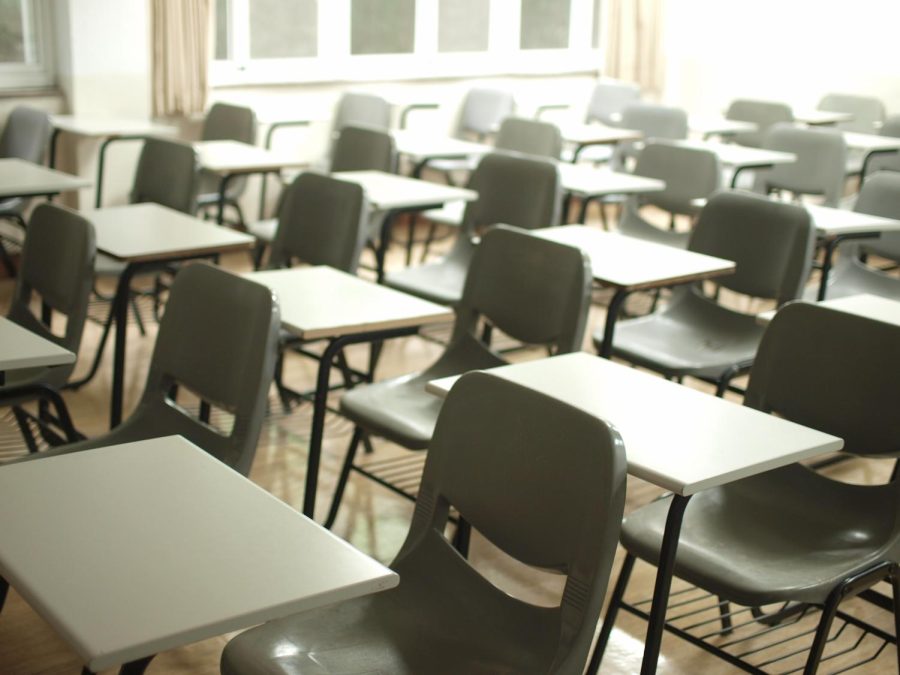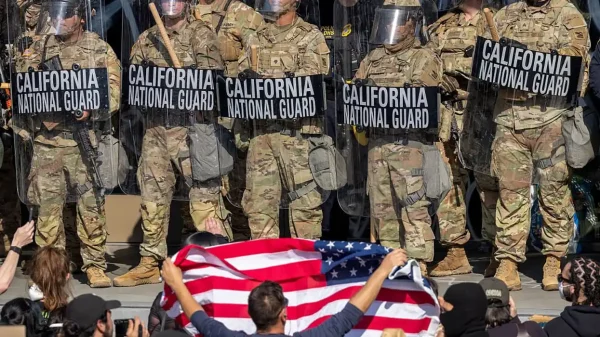The Chicago Public School Shutdown, and what it Teaches Glenbard West
Chicago Public Schools, or CPS for short, includes a whopping 340,658 students and 636 schools, making it one of the largest school conglomerates in the United States. Recently, the grouping of schools found themselves in national controversy, as they prepared to reopen after Winter Break amidst a COVID-19 outbreak. Omicron, a variant of Coronavirus, helped peak cases in Cook County (the county where CPS resides) to record numbers. Although Chicago Mayor Lori Lightfoot had prepared for CPS to reopen on January 3rd (as their calendar indicates), the Chicago Teachers Union, or CTU refused to come into work; that, along with other extraneous factors caused CPS not to open on the 3rd as planned.
The CTU and Lightfoot had previously fought, but this event caused nothing short of a meltdown in Chicago. The CTU includes 25,000 “teachers, paraprofessionals and clinicians” according to their website. Without their labor, CPS cannot function. CPS had an overarching budget of 6.92 Billion for the year of 2021, with a similar figure assumed for 2022 – this is a major issue that the CTU has with Lightfoot, and the CPS. Schools are funded (mostly) by property tax, which leads to a massive disparity between schools in the suburbs such as Glen Ellyn and schools in cities like Chicago. The union felt that the 6.92 Billion figure was not large enough to fund all 636 schools – some couldn’t provide masks and hand sanitizer to already underprivileged communities in Chicago, for instance. The CTU didn’t feel safe enough to return to school – so, they didn’t. Others predicted that the CTU walked out in part because of their disdain for Lightfoot, as they supported her rival in Chicago’s 2019 Mayoral Election, Toni Preckwinkle; the CTU has denied the allegations. As if the situation couldn’t be any more of a frenzy, on January 4th, 2022, the CTU voted to return to remote learning.
The CPS, the CTU, Lightfoot, parents, and students, all seemingly confused and at-end with each other, experienced something similar to the first March 2020 lockdown as the schools remained closed. On the 4th, Lightfoot tweeted that “We are committed to remaining at the table with CTU leadership”, but refused to shut down the “schooling environment [CPS students] need”, affirming that position in press conferences the following days. Chicago has a 20.8% poverty rate, and school is a place where impoverished students are provided lunch, as well as other services – Lightfoot strongly felt that school was too important to completely close down again, and reopening CPS was worth the risk.
The CPS system remained closed for the next week and a half until Lightfoot and the CTU came to an understanding: “After a productive day at the bargaining table, I am pleased to report, CTU will end their work stoppage”, Lightfoot tweeted on January 10th. The agreement emphasized keeping both students and teachers safe, as well as providing (limited) testing to all students. However, the agreement was far from perfect – the aforementioned problem with funding for masks, hand sanitizer, and a plethora of other items caused a student walkout involving over 20 (CPS) schools on Friday, January 14th at CPS Headquarters – even with a seemingly return to normalcy, we’re far from done with this situation.
So – what can we learn from this debacle? For one, schools being funded with property tax is an extremely biased practice that leads to systemic issues such as the one in this very article – Glenbard West will likely not have funding issues comparable to CPS’ because of the amount of property tax our town pays. Furthermore, this circumstance illustrates the strength of unions. Without the negotiating power of laborers, the positive and negative effects of the CTU’s standout wouldn’t be a reality. Finally, it demonstrates the severity of COVID-19. Even with masks mandated and vaccines widely available, Coronavirus is still present and severe enough to stop hundreds of schools, and a third of a million students to receive necessary education. If you want to improve the educational systems in Chicago, feel free to support any of the following organizations:










